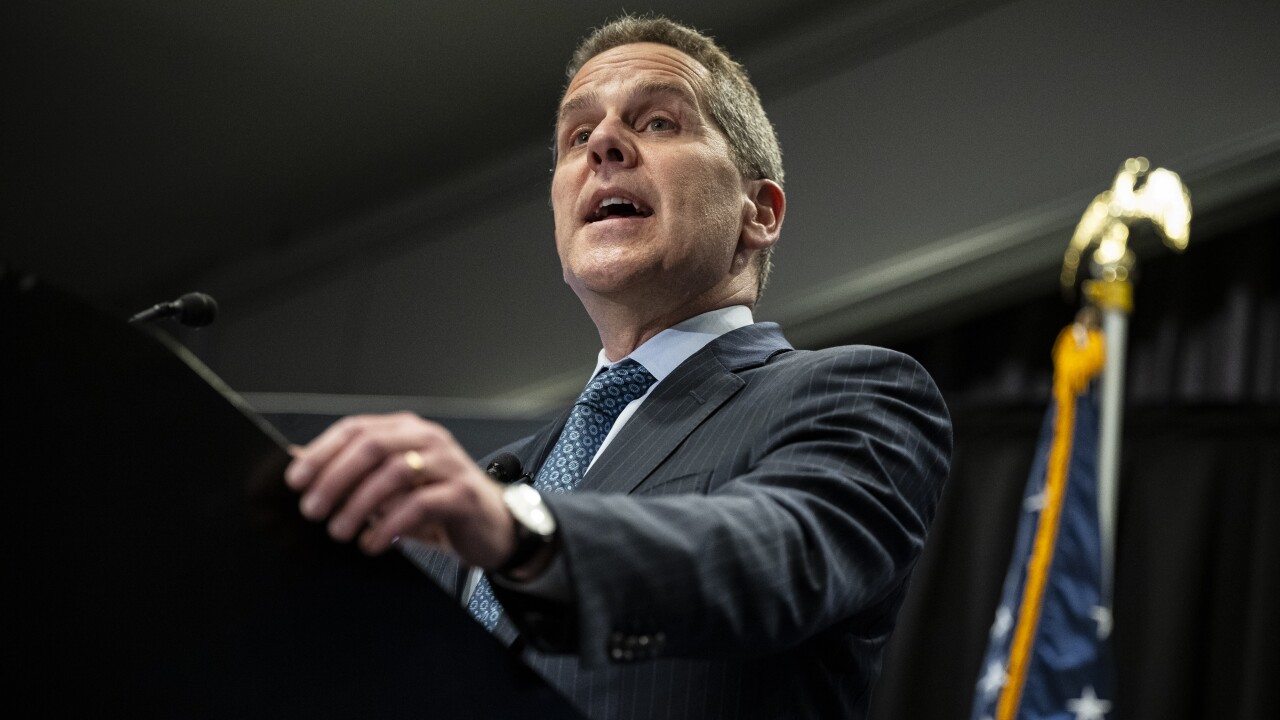Since the news broke about
The facts of the situation appear to have been blown well out of proportion to their true use.
First, an inverse floater has desirable characteristics from an interest rate risk management perspective. Bond portfolios, of which mortgage-backed securities are a subset, tend to fall in value as interest rates rise. Whereas an interest only instrument — of which an inverse floater is a complex form — is a security whose cash flows are made up of the interest payments on mortgages. When interest rates rise, the value of the IO instrument actually tends to perform well. It belongs to a class of fixed income derivatives that exhibits negative duration, which is a fancy way of saying that it is an effective instrument for hedging a bond portfolio.
In other words, the value of the IO instrument under a rising interest rate environment also goes up, which may help offset declines in value on the bond portfolio under those conditions.
Prudent interest rate risk management practices suggest that guarding against adverse interest rate movements up or down is appropriate and what Freddie Mac should be doing to manage interest-rate risk exposure. Let's not forget that in the 1980s Fannie Mae became technically insolvent due to poor interest rate risk management.
Second, the Federal Housing Finance Agency's concerns over Freddie Mac's use of inverse floaters was about a lack of proper risk management controls, not about any apparent perverse incentives associated with borrower refinancings.
Third, the FHFA specifically called out the fact that Freddie Mac's portfolio management activities were not to be considered in their refinance program efforts. Though the size of the inverse floater portfolio is relatively small — $5 billion compared to the $650 billion retained portfolio, it is not surprising that Freddie Mac may have wanted to incrementally step up its inverse floater hedges as it became more comfortable with it over time. Even if FHFA had not requested Freddie to ignore retained portfolio issues in managing its refinance efforts, the size of the inverse floater portfolio would not have been of sufficient magnitude to influence Freddie's refi strategy.
If Freddie Mac is guilty of anything it may be that the optics of this hedge strategy look bad for a company, now the ward of the state. But this is not the first time something like this has occurred. In 1997, the company purchased $340 million in Philip Morris "tobacco bonds." Drawing the ire from all quarters including Congress, Freddie eventually sold the bonds.
Freddie Mac and sister company Fannie Mae certainly share a good part of the blame for the mortgage crisis as do a good many other participants in industry and government, but there appears to be no smoke here, only hedging strategies that have the appearance but not the effect of holding back stranded borrowers from availing themselves of low-interest rates.
Clifford Rossi is an executive-in-residence and Tyser Teaching Fellow at the University of Maryland's Robert H. Smith School of Business. He has held senior risk management and credit positions at Citigroup, Washington Mutual, Countrywide, Freddie Mac and Fannie Mae.
See related BankThink piece: "





